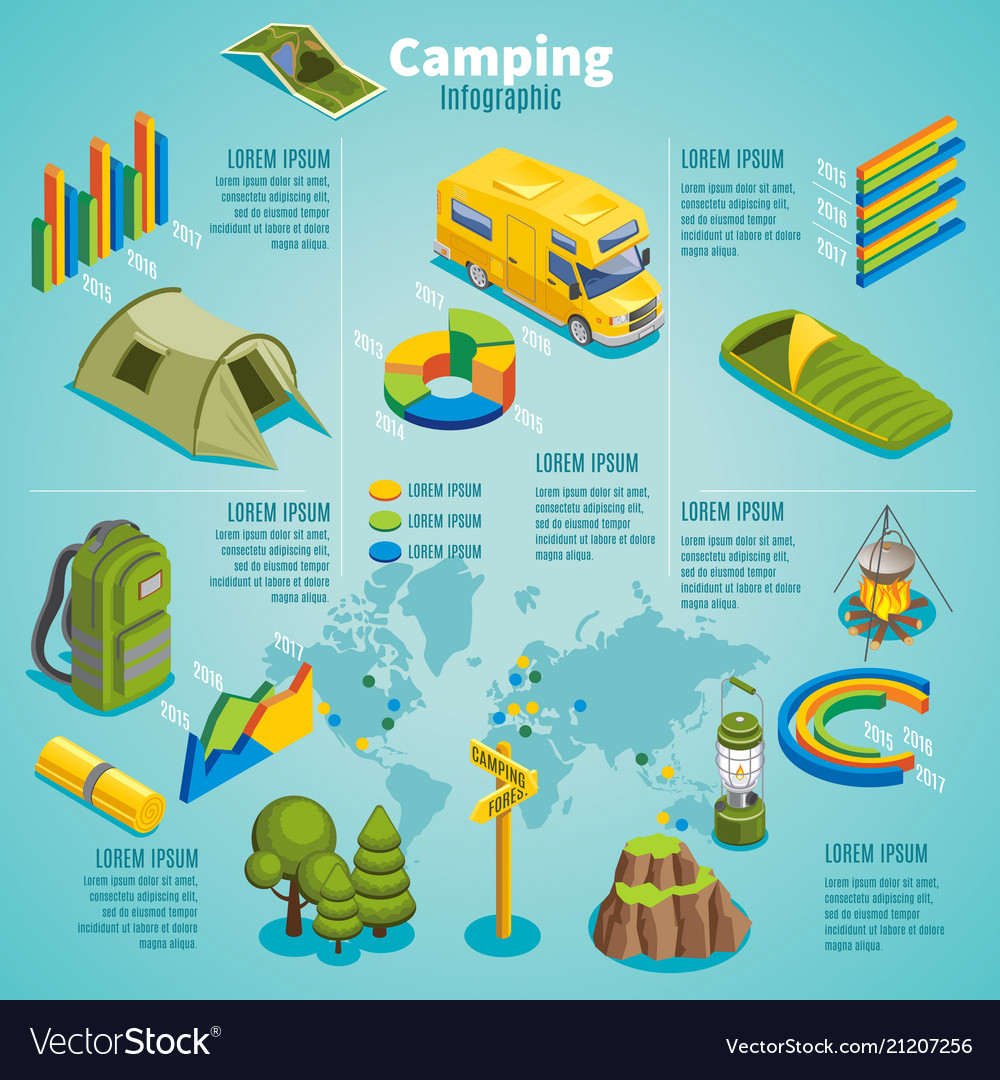If you camp frequently in locations with rocks or sharp downed branches or merely hate packing away a damp, muddy outdoor tents, after that an impact is most definitely worth taking into consideration. Impacts are likewise reasonably cost-effective compared to a brand-new tent.
Do canvas tents leak?
Several outdoor tents suppliers use their own specific impacts, which are reduced to the exact size of the outdoor tents flooring. Nevertheless, you can make one yourself with a light-weight textile like polycryo or tyvek.
Climate condition
Whether or not you need an impact truly depends on the problems you'll be camping in. If you're backpacking in a place where the ground is generally damp (it's practically inevitable), an outdoor tents footprint can be a helpful enhancement to your set, as it will certainly avoid your outdoor tents floor from ending up being soaked.
Nevertheless, if the impact is as well large it can serve as a dampness trap and possibly permit water to pool under your outdoor tents. This can be prevented by making sure the footprint is reduced a bit smaller than your camping tent on all sides.
Generally talking, it's ideal to obtain a footprint from the exact same producer as your camping tent to ensure an exact fit. They likewise tend to be made from thicker, more long lasting materials than do it yourself options. They can be pricey for something whose single purpose is to protect the ground beneath your camping tent, but it can be a worthwhile financial investment if you care about the longevity of your equipment.
Terrain
Many quality outdoors tents can function well without a footprint, particularly those that have actually bathtub floorings made from sturdy materials. Nonetheless, the surface you trek on can have a considerable impact on exactly how promptly your tent flooring breaks. Granite slabs, sandstone and various other sturdy surfaces wear with all-time low of your tent quicker than grassy meadows or woodland floors.
A footprint or ground cloth helps extend the life of your tent by serving as an obstacle between the ground and the sewn-in groundsheet of your camping tent, states REI elderly sales professional Elizabeth Nguyen. It also secures the outdoor tents from abrasive components like sharp branches and jagged rocks that could pierce or tear the sewn-in flooring. When picking a footprint for your camping tent, it is necessary to guarantee it's slightly smaller than the tent on all sides. This prevents water from merging between the tent and impact during a rainstorm, which can leak into your camping tent. The best choice for an impact is to purchase one created for your particular outdoor tents, which will ensure a tight fit.
Tents with Reduced Deniers and Waterproof Rankings
Whether you're a casual backpacker or a hardcore adventurer, the durability level of your tent is a vital consideration. Camping tents made to be ultralight, verging on minimal, often trade off some level of resilience in the textile and materials utilized.
One material specification you'll experience is denier, which describes the weight in grams of a 9,000-meter size of yarn that comprises the outdoor tents's cover, rainfly, and/or floor. A higher denier spec symbolizes a lot more sturdy materials, while lower numbers show lighter and less long lasting textiles.
Other specs to check out consist of flooring measurements, vestibule dimension, and indoor pockets. The previous mirrors the overall square-footage that can be used for comfortable area, while the latter can play a role in storage by offering an area to tuck away equipment overnight luxery tent and in bad weather. Air flow is likewise an essential element; as you breathe out dampness throughout sleep, it needs to run away, or condensation might develop inside. Features such as mesh windows and panels and flexible rainfly doors help enhance ventilation and avoid this from occurring.
The Price
The cost of a tent can affect its efficiency, and it is also essential to consider how much you can afford to invest. Backpackers seeking a lightweight sanctuary needs to go for a tent with a livability score of at least two celebrities, and ideally, three or more.
Livability describes just how roomy a camping tent feels, with clearance and floor dimensions playing a large role. Historically, backpacking camping tents made use of outstanding sloped wall surfaces and marginal space to save weight, however modern products permit designers to provide more convenience while maintaining weight reduced.
Storage space is an additional variable to consider, with vestibules and a quick-pitching layout helping in reducing arrangement time. In addition, the type of textile finish and exactly how the tent is kept can affect durability. For example, a PU layer that breaks down quicker when wet, or is subject to duplicated cycles of storing and un-stowing, can significantly reduce the lifespan of a camping tent. Similarly, utilizing a customized footprint instead of packing a camping tent in a careless manner will additionally expand its lifespan.
Should I get a 1 or 2 person tent?
